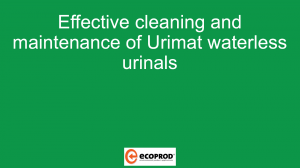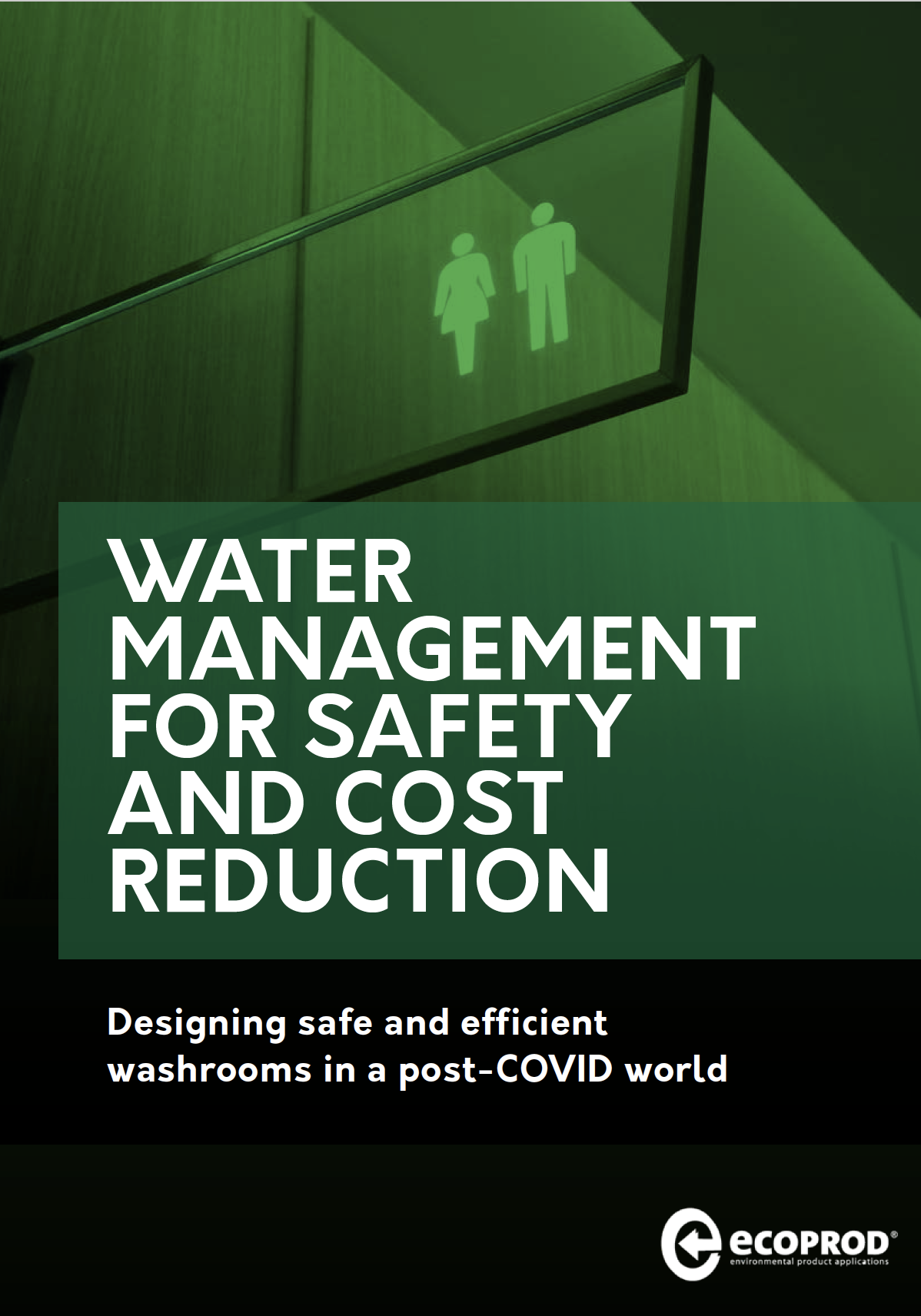This blog is designed to be a quick guide to the things you should consider when you’re specifying showers for your facilities. There are many different shower options available to architects, specifiers and facility managers when considering a replacement or new showering system, so how do you decide what’s right for you? Take a look at this guide to help you understand the different considerations you should take into account in order to select the best option for your facilities.
Who is using the building?
This is really the most important question to ask so needs to be considered first as the needs of different groups of users can vary dramatically. The showers that are right for a gym aren’t necessarily going to be right for a hotel or a care home. So, start by thinking about who’s going to be using the showers and identify any particular needs of any of your key user groups. Useful questions to consider here include:-
- How many users do you expect?
- Are they likely to have reduced manual dexterity?
- Is the space susceptible to vandalism?
- Is it in a building such as a prison which requires an anti-ligature solution?
- Is there a risk of flooding?

How about hygiene?
All public buildings require careful monitoring and control of water systems in order to ensure drinking water is safe, so you need to consider how you will manage this aspect of maintaining your showers.
In smaller facilities with only one or two showers a manual process of regular hygiene flushing for each unit might be fine, but for larger buildings teams may prefer to invest in an intelligent control system such as the CONTI+ CNX system which will allow them to make changes and check the system remotely.

Are you replacing an existing system or starting from scratch?
When thinking about installation, considerations will vary depending on whether you’re installing the showers in a new build or replacing an existing system. If you’re replacing an existing system then using a shower panel may make it easier and quicker to conceal any previous damage to the walls, whereas if you’re starting from scratch with a new build then that might more easily allow for a concealed shower system with pipework neatly trunked into the wall.
What safety features do you need?
Make sure to specify systems with anti-scald protection offering increased safety in the case of cold water system failure or pressure fluctuations in the cold/hot water system. CONTI+’s thermostatic options give complete reassurance in this regard, particularly for buildings such as care homes and healthcare environments, with an automatic reliable shut-off.
The risk of water contamination is also possible without regular processes in place to avoid any build up of stagnant water and consequential water-borne infection such as legionella. For highly sensitive areas, the patented CONTI+ CONPRIMUS has been engineered to reduce the length of internal pipework with a water inlet directly next to the shower head, giving no place for stagnant water to rest.

What smart innovations are available?
Modularity is built into CONTI+ water inlets which power all CONTI+ shower systems, whether a shower panel, concealed shower or exposed shower. This allows shower systems to be easily adapted as your requirements change so, for example, you can easily upgrade from mechanical to electronic control, or add a thermal disinfection option to your setup at a later stage. This gives complete freedom to building managers to make changes over time, dependent upon the user demands, without having to completely replace the entire system.
How reliable are the showers?
At CONTI+’s facilities in Germany and Switzerland they don’t just assemble the products, they also manufacture the elements which gives complete control of the quality of products, from component to assembly, so you can be reassured that they will work, every time.

What water saving features are available?
For buildings with multiple showers and washrooms, a comprehensive programme to manage water usage is essential. Shower water usage can be controlled in a number of ways – from limit water run time through sensor controls or push valves, installing flow limiters within the shower heads, and measuring water usage through a water management system such as CNX which then allows you to make adjustments with ease.
Find out more
To find out more you can download the CONTI+ shower brochure here or get in touch with us to discuss your requirements in more detail.













 For the last 8 years Robert Summer – Head of International Sales and Marketing – has developed structured distribution network worldwide for CONTI+ brand. The products offer great benefit for washrooms and shower rooms for public, semi-public and health sector. Today, sustainability, hygiene and smartness are key to CONTI+ solutions. Robert lives the brand and its USPs and loves to support and motivate his team on a daily basis.
For the last 8 years Robert Summer – Head of International Sales and Marketing – has developed structured distribution network worldwide for CONTI+ brand. The products offer great benefit for washrooms and shower rooms for public, semi-public and health sector. Today, sustainability, hygiene and smartness are key to CONTI+ solutions. Robert lives the brand and its USPs and loves to support and motivate his team on a daily basis.











Comments are closed.